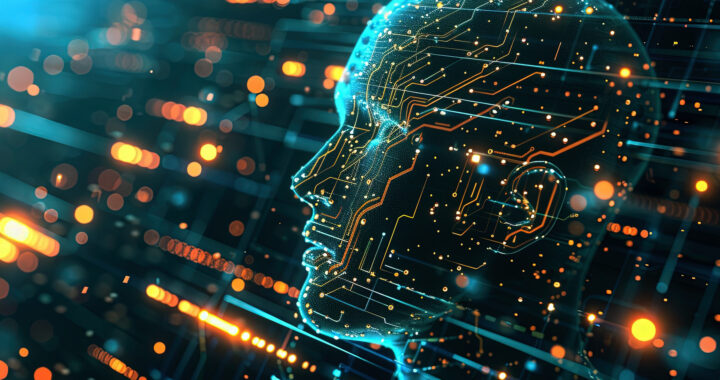The Frontier Model Forum was launched on 26 July 2023 by Anthropic, Google, Microsoft, and OpenAI to focus on ensuring the safe and responsible development of frontier artificial intelligence models. It defines frontier models as next-generation large-scale machine learning models that surpass the capabilities of the most advanced existing AI models and can perform a wide range of tasks. OpenAI also describes these models as highly capable foundation models that could pose dangerous capabilities and severe risks to public safety. The development of these models is still considered important in advancing further the field of artificial intelligence and achieving artificial general intelligence and superintelligence.
The Potentials and Perils of Next-Generation Artificial Intelligence Models: Advantages and Disadvantages of Frontier Models
Pros of Frontier Models: Advantages and Main Applications
It is important to underscore the fact that frontiers are also considered foundation models that can be adapted to a range of tasks or applications. What sets them apart from existing foundation models is that they are seen to provide more advanced capabilities because they are developed with future-proofing in mind. The following are their advantages and applications:
1. Next-Generation Models
The biggest selling point of frontier AI models is that they are developed or being developed to exceed the capabilities of current advanced models. These models push the boundaries of what is currently achievable and explore new frontiers in terms of performance, and applications. Remember that these models are called as such because they represent the cutting edge of artificial intelligence research.
2. Advancing AI Development
It is important to note that the development and training of these models have been considered critical to advancing the field of AI and achieving advanced AI systems like AGI and ASI and their futuristic applications. The process involved in creating these models encourages researchers to explore new architectures, training techniques, and paradigms. They serve as testbeds for experimenting with new ideas.
3. General-Purpose Models
These models are also foundation models with general-purpose applications that can be tailored to more specific applications. They are trained on large datasets and can be adapted to more specific or smaller models for specific-purpose tasks or applications through remodeling. It is important to note that all frontier models are foundation models but not all foundation models can be considered frontier models.
4. Augmentation Potentials
Another advantage of frontier models is related to their general-purpose nature. Not only they can be customized or adapted to tackle a particular domain or use case but they can also be augmented with tools to enhance their capabilities. A particular model can be combined with other models via ensemble techniques. It can also be used to train other models or integrated with robotics or computer vision to create a hybrid system.
Cons of Frontier Models: Disadvantages and Key Limitations
The prospects of developing and distributing or commercializing frontier models are deemed essential in advancing the field of artificial intelligence. However, because of their next-generation capabilities, they can pose serious risks to the public. Developing these models also requires a lot of resources. The following are their disadvantages and limitations.
1. Safety and Risk Challenges
There are concerns over developing advanced AI models unhinged. The risks include dual-use and loss of control. Some have considered that it is difficult to develop frontier models in domains that are open-ended or without proper oversight. Evaluating their safety can also be challenging due to the fact that even the complete internal workings of current advanced models like large language models remain unknown.
2. Deficiencies in Standards
It is also important to underscore the fact that AI safety still does not have established standards because there are insufficient incentives for researchers to invest in risk mitigation measures. The entire discourse over safety in artificial intelligence has also been divided between those who promote the concept of effective accelerationism and adherents of regulations. There is no established way to safely develop frontier models.
3. High Resource Requirements
Training large-scale and advanced AI models requires a lot of computational resources. Take note that training the older and inferior GPT-3 model required a cluster of 285000 processor cores and 10000 graphics processing units. The cost of training the more recent GPT-4 model was estimated to be around USD 100 million. It is also worth noting that inferencing also requires computational power with substantial costs.
4. Socioeconomic Implications
Some groups have expressed concerns over the impact of upcoming AI models in different facets of society and the economy. It is possible that automation through artificial intelligence can result in widespread unemployment as workers become displaced due to redundancy. There is also a need for adequate and effective socioeconomic planning as early as possible to prepare for required economic and social adjustments.
